OPERATIONAL & COMMERCIAL PERFORMANCE: GROWTH DEVELOPMENT
OPERATIONAL & COMMERCIAL PERFORMANCE:
GROWTH DEVELOPMENT
OPERATIONAL & COMMERCIAL PERFORMANCE: GROWTH DEVELOPMENT
BACKGROUND
A manufacturer of returnable packaging materials for the automotive industry with stagnating sales engaged EWA to identify and qualify sources of business growth potential.
OPERATIONAL & COMMERCIAL PERFORMANCE: GROWTH DEVELOPMENT
APPROACH

360° Opportunity Assessment
-
- An extensive review with the client of the construction and technical aspects of the current product portfolio, the market, adjacent verticals, competitor products & customer base.

Opportunity Identification
-
- Identification and validation of 12 key industries as qualified verticals for expansion – based upon ease of adaptation, market size, growth potential and profit margin
- Total of 1300+ potential new customers

Short-listing of 5 core industries of focus for a deep dive analysis
-
- Off Road Vehicles, HVAC, Outdoor Power Equipment, Pharmaceuticals, Consumer Electronics
- Total of 370 potential new customers

Opportunity Leveraging
-
- EWA prioritized the top 10-12 companies per sector (sales channels, geographical location, etc.)
- EWA conducted an in-depth investigation of each company & senior management and then delivered a biographical summary and contact information for 63 companies
OPERATIONAL & COMMERCIAL PERFORMANCE: GROWTH DEVELOPMENT
RESULTS
-
- The client signed contracts with 9 new business partners
- 13% increase in sales within 18 months
Timely Topics To Drive Growth.
Sign up for our webinars.
Sign Up
OUR CLIENTS
accessdata

Adler Pelzer Group

Accuride

aseptia

alliance

amercable

americhem

anisa

calient

corning

chemco

climate-master
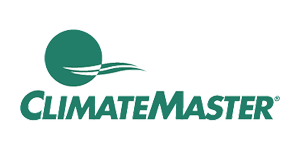
curtiss-wright

federal-signal

greenheck

flexco
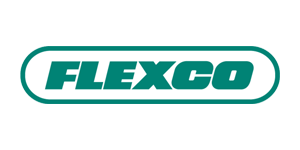
gore

hilite

HJ-Baker

Icee

mascoat
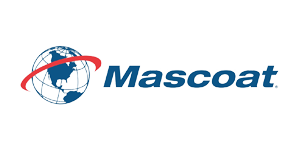
merichem
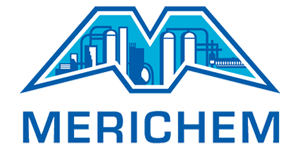
micromeritics

nanotex
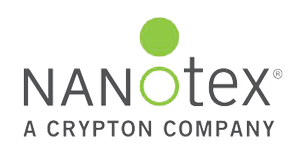
oerlikon

plasticolors

rudolf-group

silfex

sweco

tile-shop

tedia
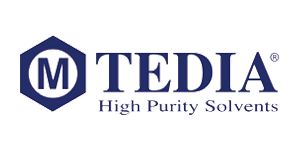
titeflex
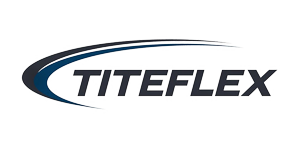
weber





